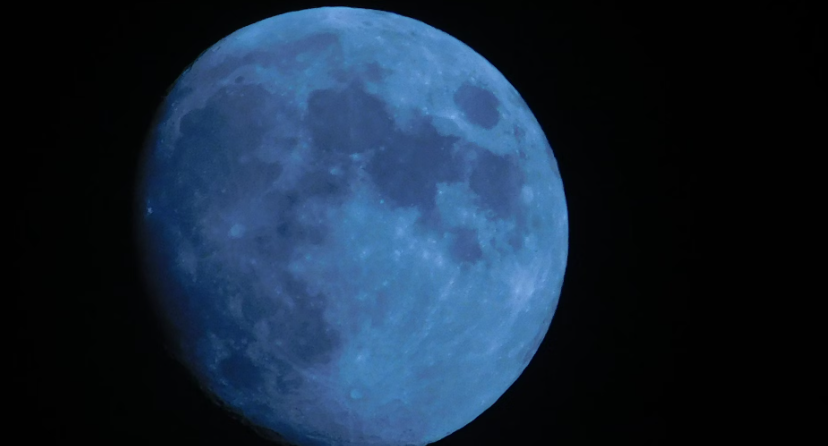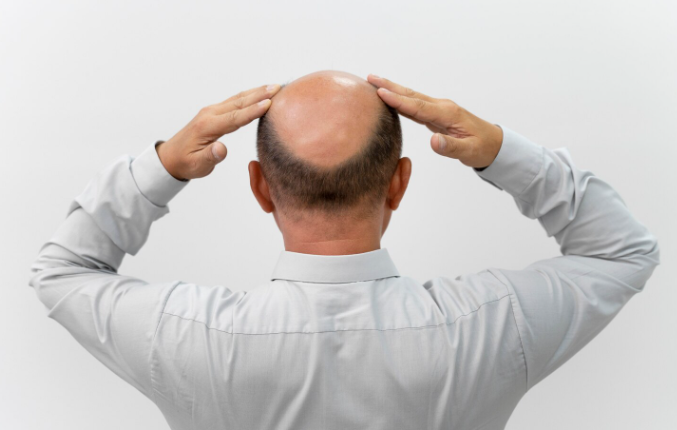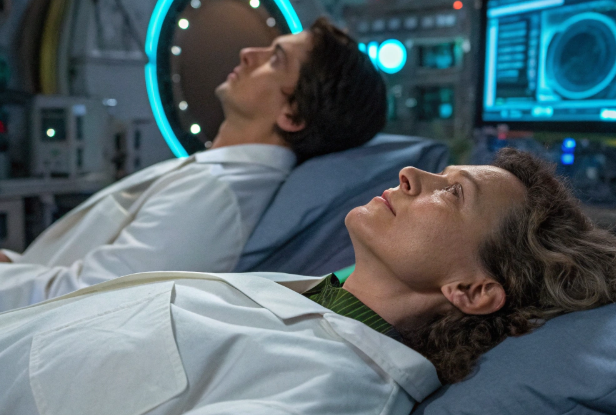The August Super Blue Moon – What Does it Mean?

© haylee booth / Unsplash
The moon itself is pretty. The sheen glistening it shows at night with its variety of shapes is definitely a sight to behold! But what if it got even more impressive? And no, it is not a supermoon or a blood moon. What if we told you that combining a blue moon together with those two phenomena creates something even more significant and prettier? That’s right! We are talking about the August super blue moon.
What Is a Super Blue Moon?
A Super Blue Moon is a rare celestial event that combines three different lunar phenomena: a Supermoon, a Blue Moon, and sometimes even a Blood Moon. Let’s break down each of these components:
Supermoon
A Supermoon occurs when the full moon coincides with the moon’s closest approach to Earth in its elliptical orbit. This point of closest approach is called perigee. During a Supermoon, the moon appears larger and brighter in the sky compared to an average full moon. The term “Supermoon” is not an astronomical one but is commonly used in popular culture.
Blue Moon
A Blue Moon is a term used to describe the second full moon that occurs within a calendar month. Typically, there is one full moon per month, but occasionally, due to the varying length of lunar months and calendar months, a second full moon can occur in a single calendar month. When this happens, the second full moon is called a Blue Moon. It’s important to note that the moon doesn’t actually appear blue during a Blue Moon; the term is purely a naming convention.
Blood Moon
A Blood Moon is a term used to describe a total lunar eclipse, during which the moon takes on a reddish or coppery hue due to the Earth’s atmosphere scattering and refracting sunlight as it passes through it and reaches the moon. This reddish coloration makes the moon appear “blood-red” during the eclipse.

Why Does the Super Blue Moon Occur?
A Supermoon occurs when a full moon coincides with perigee, the point in the moon’s orbit closest to Earth. This results in a slightly larger and brighter moon, though it’s not always easily noticeable to casual observers. This phenomenon occurs because the moon’s orbit is not a perfect circle; its average distance from Earth is about 238,855 miles (384,400 kilometers), but during a Supermoon, it gets as close as 221,942 miles (357,181 kilometers). While this closeness can happen at any time, it becomes more noteworthy when it aligns with the full moon phase.
According to NASA, the moon will reach perigee at 11:55 a.m. Eastern Daylight Time and appear approximately 7 percent larger than usual.
When Do Blue Moons Occur?
In contrast, blue moons occur approximately every two and a half years. Technically speaking, the term “Blue Moon” is not a strictly astronomical one but rather refers to two specific situations. Firstly, it can explain a second full moon within a single calendar month, known as a calendrical Blue Moon. Secondly, it can refer to a fourth full moon in a season, called a seasonal Blue Moon. A season, in this context, is the period between solstices and equinoxes. Normally, there are three full moons in a season, but occasionally, there are four. This occurs, for example, when there are two full moons in the month of August due to its 31-day duration. In the case described, the Blue Moon occurring in August is a calendrical Blue Moon, not a seasonal one.
This Year’s August Super Blue Moon Timeline
The Super Blue Moon is a rare celestial event that occurred on August 30 and 31 of this year. The time of the August Super Blue Moon was 9:37 PM to 4:00 AM. The reason why we were met with this rare occasion this year is because of the refraction of air particles and the shortening of red wavelengths.
The Super Blue Moon in Different Timezones
Here are the local times for the Super Blue Moon on August 30-31, 2023, in various countries:
- New Zealand: From 9:00 PM to 4:00 AM
- United Kingdom: From 9:37 PM to 4:15 AM
- India: From 9:37 PM to 4:15 AM IST
- Cyprus: From 9:00 PM to 4:00 AM
- Australia: From 8:37 PM to 4:15 AM
- Europe: From 9:00 PM to 4:30 PM
- Russia: From 8:37 PM to 4:15 AM
- China: From 9:37 PM to 4:00 AM
- Japan: From 8:37 PM to 4:15 AM
- Thailand: From 9:00 PM to 4:30 PM
- UAE: From 9:37 PM to 4:00 AM
- USA: From 8:37 PM to 4:15 AM
How Can I See the August Super Blue Moon?
All you need to do to see the August Super Blue Moon is:
Check the Date and Time
First, find out the date and time of the Super Blue Moon for your specific location. As per the information you provided, it’s scheduled for August 30-31, 2023, at different times depending on your country.
Find a Dark Location
Choose a viewing location away from city lights and light pollution, if possible. The darker the sky, the better you’ll be able to see the moon’s details.
Get Outside
On the designated date and time, head outside and find a clear, unobstructed view of the eastern horizon. The moon will rise in the east.
Optional: Use Binoculars or a Telescope
While you can certainly enjoy the Super Blue Moon with your naked eye, using binoculars or a telescope can enhance the experience by allowing you to see the moon’s surface features more clearly.
Be Patient
The moon may not appear larger and brighter as soon as it rises. It often looks more impressive when it’s closer to the horizon due to an optical illusion. So, give it some time to rise higher in the sky.
Take Pictures of the Rare Event
If you’re into astrophotography, consider capturing the Super Blue Moon with a camera mounted on a tripod. Use a longer exposure to capture its details.
Enjoy the Moment
Last but not least, all you are left to do is to take in the beauty of the Super Blue Moon and appreciate the rarity of this celestial event. Take a moment to reflect on the wonder of our cosmos and the mysteries that lie beyond our earthly realm. In a fast-paced world, these celestial events definitely offer us a chance to pause, connect with nature, and find solace in the simple act of stargazing.
When Is the Next Super Blue Moon?
The occurrence of a Super Blue Moon is relatively rare because it requires the alignment of a Blue Moon (a second full moon in a calendar month) with a Supermoon (a full moon near perigee, the moon’s closest approach to Earth). Super Blue Moons tend to happen roughly every 13 to 14 years on average, but the specific dates can vary. According to Space.com, the next Blue Moon can fall around 23 and 24 August of 2024 whereas a Super Blue Moon according to NASA will occur in a pair, in January and March 2037.
Have you ever experienced a Super Blue Moon before, or is this your first time? We would love to hear about your thoughts, feelings, and any special memories you have related to lunar events like this. So, make sure to comment down below!


